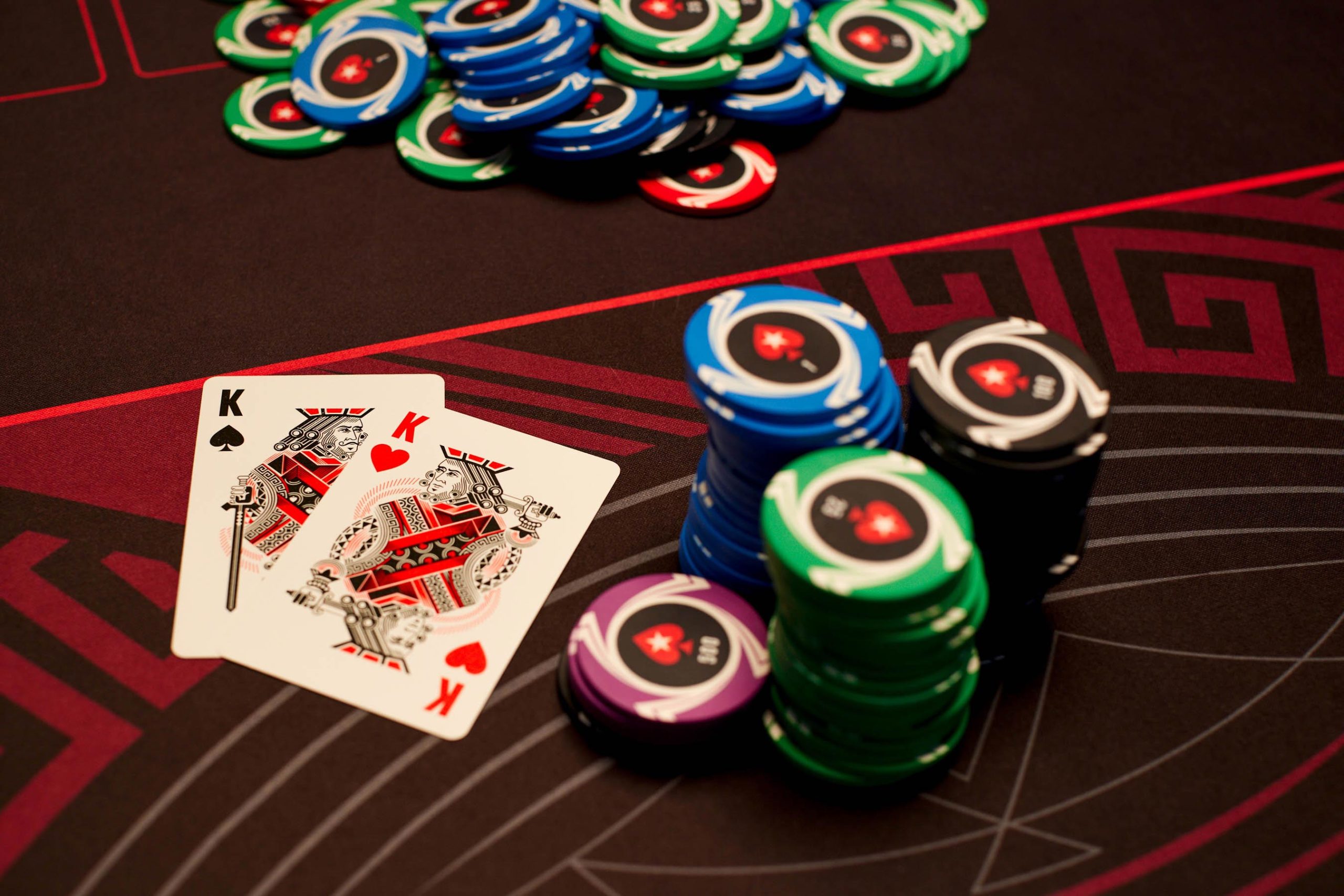Exploit Your Opponents When They Are On Tilt
In this lesson, we’ll take a look at how to exploit your opponent, when they are on tilt. As I mentioned, there are several types of tilt, so the strategy could be different.
The Moral Side
It’s a legit question, how unethical is to exploit when your opponent is on tilt, or when they are playing a worse game than their knowledge for any other reason. There are some Sit & Go players, who are sitting out (heads-up players), when their opponent is on disconnect status. I’ve a friend, who plays $100 Spin & Gos, and they transferred back 4x buy-ins to their opponent, because they couldn’t play because of a technical issue. In these cases the common thing is, that the opponent are facing this through no fault of their own. Exploiting /not exploiting these situations are always your own decision, but for me personally it’s not a good feeling to win someone chips, that they can’t do anything against it.
What happens in case of tilt? In my opinion, tilt isn’t a through no fault of their own thing. I think the same is for bad play influenced by alcohol or any other things. You can require from a good player, recognize the signs of tilt and try to change it, and if possible quit the game immediately. Also it’s not obligatory to try your luck after a Saturday party. I acknowledge if someone thinks it different, but in my point of view their isn’t particularly unethical.
When Your Opponents Plays with All Hands Preflop
The most common form of tilt is when someone sees the potential in every kind of hand preflop. In this case the player who is on tilt raises probably with a much wider range than the optimal, but what is sure, is that they call preflop raises with a wider range than they normally would do. Also they are less sensitive to the raise sizes, they call 4bb raises with the same frequency as the 2,5bb ones.
Suggestions:
- You can also widen your raising range adapting to the wide calling range of the opponent.
- Increase your bet sizings
- You shouldn’t call wide, just wait for the right cards!
It’s very rare that you are playing alone against the tilting player. In these cases usually the table is full, sometimes there is a huge wait list too and the race starts to determine who will win the easy money. It’s also very important to take attention, that the other players are also looking for the best spot. I’ve seen multiple cases where due to the presence of one weak, tilting player the others started pummeling each other with all kinds of weak hands.


When Your Opponent Doesn’t Fold Post-Flop
It’s a little bit easier in postflop situations. The typical characteristic of a tilting player is that they don’t like to give up hands if they have found something on the flop. The consequence of this and the loose preflop hand selection is that they stay in hand with the following combinations:
- Top pairs (frequently aces) with bad kicker
- Middle or bottom pairs
- Weak flush draws
- Weak straight draws and gut-shots
Usually you have to exploit these situations. Your opponent will be dominated, so the optimal play is to bet for value constitently, possibly on each street. It’s very important to take notice of the low chance for improving their hand (3, 4, 5 outs), or sometimes their hand can be even drawing dead, so it’s not important to bet large, you only need to bet which they are willing to call. Of course this differs from opponent to opponent, so when you see that they are willing to call any bets, you can also make pot size bets.
When Your Opponent is on Positive Tilt
In the previous part I already talked about positive tilt. This doesn’t mean that the player is winning because of the tilt, in fact the contrary, that they ares doing so good that in the euphoria of winning they don’t notice that he’s exhibiting signs of tilt.. They are playing too many hands, makes very loose calls, and bluffing with too high of a risk. It’s obvious that this play style might be very profitable, but it’s also obvious that it might not be that after a while.
Players on positive tilt usually like to enter the pot with raises, make a lot of C-bets and usually they tries to dominate the table. I suggest, that you shouldn’t change too much on your default game. What could work pretty well is that you should always bet for value (when you feel that you have a better hand) and also try to use bigger bet sizes. A player on positive tilt usually has lots of chip to get rid of, so in this state you often get showered by the questionable calls. That’s what you have to exploit!
On top of this, they are willing to bluff or bet their weak hands on more streets, so you can trap with some strong hands even after the river. What you should always avoid is bluffing. It’s not worthy to bluff against the tilting player, and this is increasingly true against the players who are on positive tilt. It’s not very wise to attempt to bluff a player full of self confidence, who plays an extremely brave game while being lucky.


